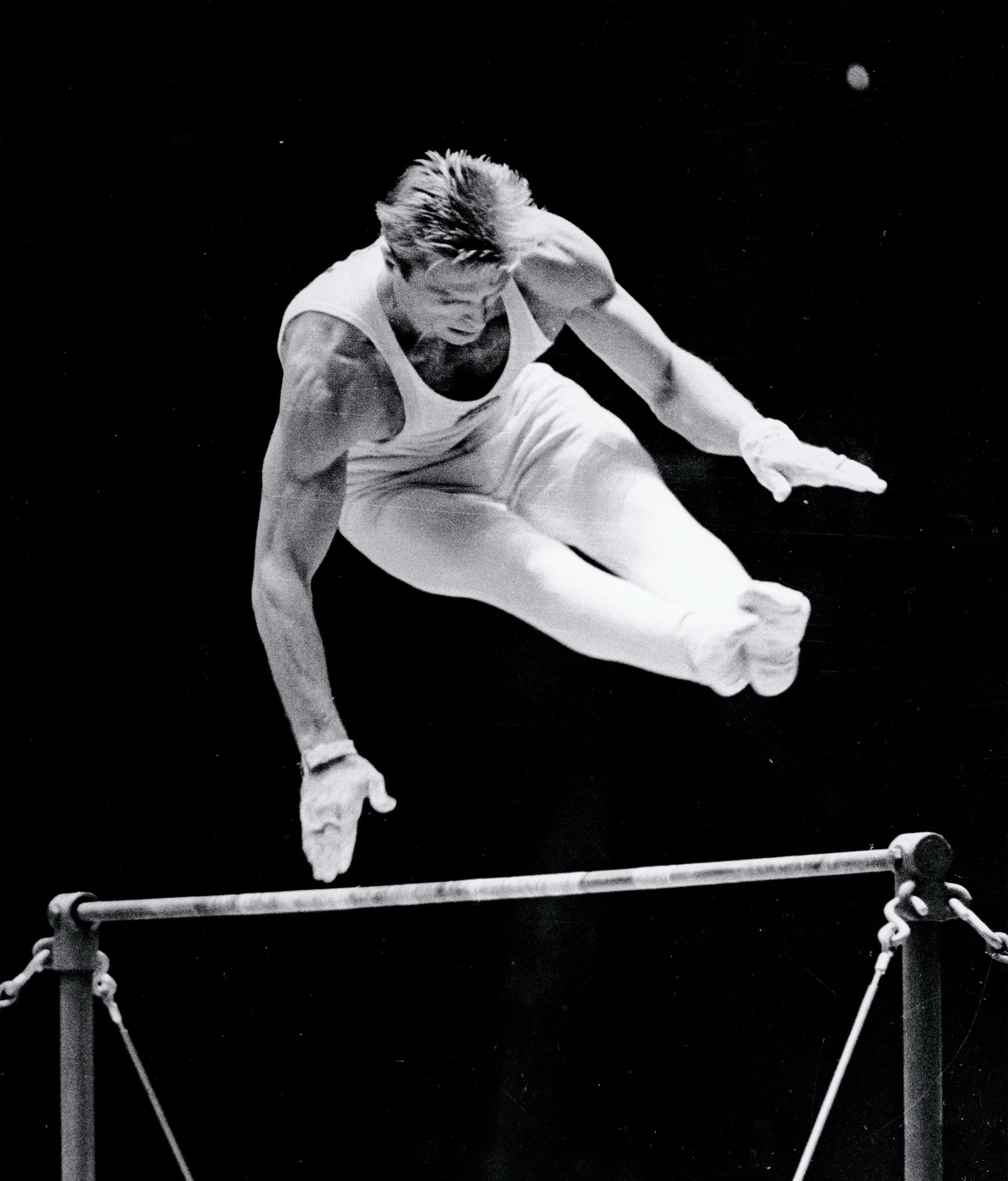Legend Shakhlin realises horizontal bar ambition
He was already a legend of Olympic gymnastics. Now, competing in his third Games, Boris Shakhlin was 32 years old and looking to add to his impressive tally of medals. He already had nine, and there were those who now wondered if age was catching up with him, as well as the rise of younger rivals. Shakhlin’s response was to add a further four medals to his collection and cement his place among the greats.
But it was not easy. Shakhlin had won the individual all-around title in Rome, four years before, and aimed to retain it in Tokyo. Instead, he came up against an inspired rival in the shape of Japan’s Yukio Endo, competing in front of his home supporters. Endo was not to be denied gold, but Shakhlin did take silver ahead of a high-quality field.
There was a silver, too, in the men’s team event, with Endo and his Japanese teammates again - finishing just ahead. The rings competition provided him with a bronze, but the horizontal bar was the event he will always remember with the greatest fondness.

His track record in it was not as glittering as in some others – in 1956, he had come 13th on the bar while, four years later, he had taken a bronze – extraordinary in itself, because he had a badly injured hand. But in most other categories, he had won at least silver in either 1956 or 1960. As it turned out, he was to leave the best to last. Teammate Yury Titov pushed him close, but Shakhlin was not to be denied.
He finished the Tokyo Games with a total career haul of 13 Olympic medals., a tally that put him among the most decorated of all athletes. Known as “The Iron Man”, he retired from the sport at the age of 35 after suffering a heart attack, but continued to work within gymnastics until the 1990s.